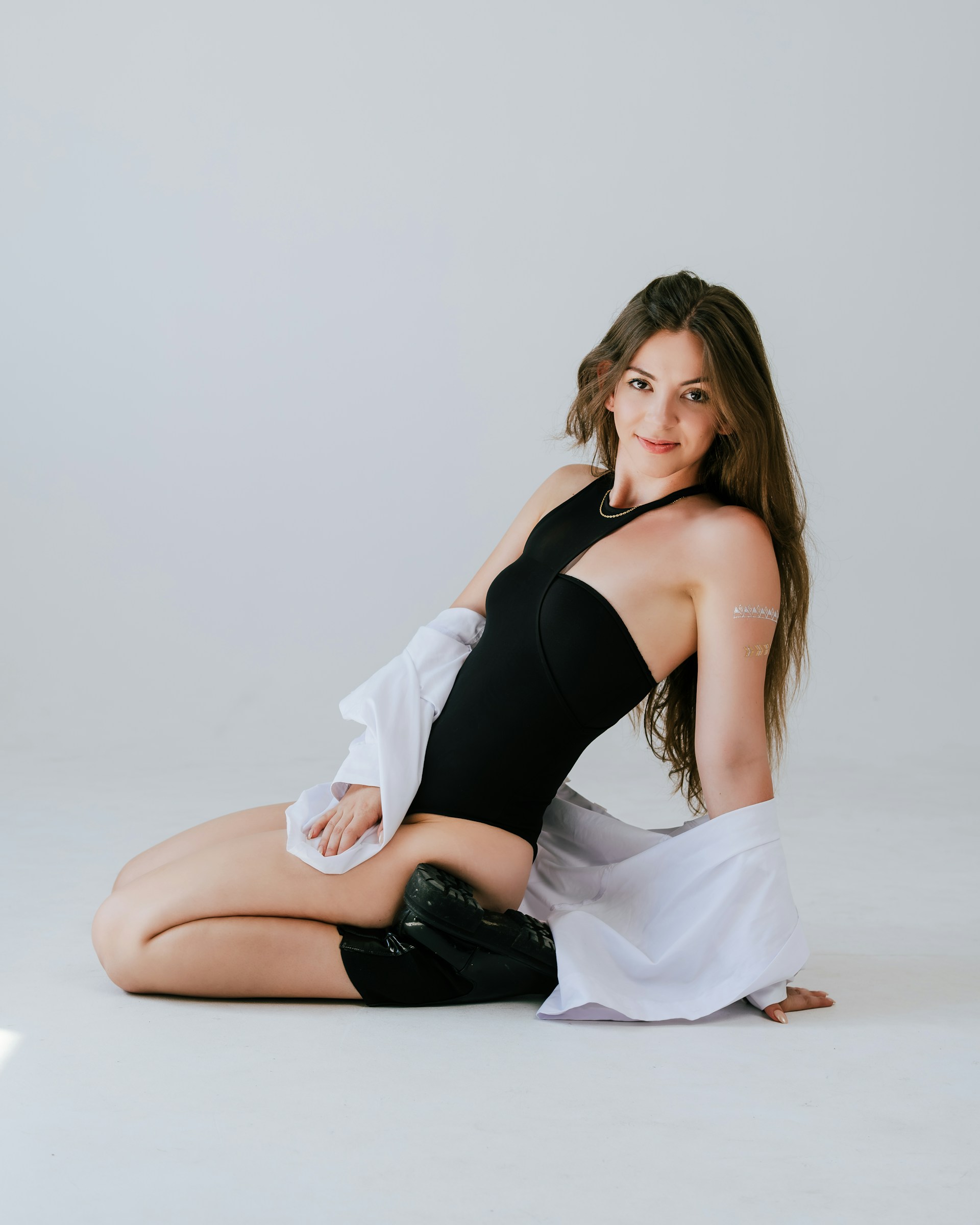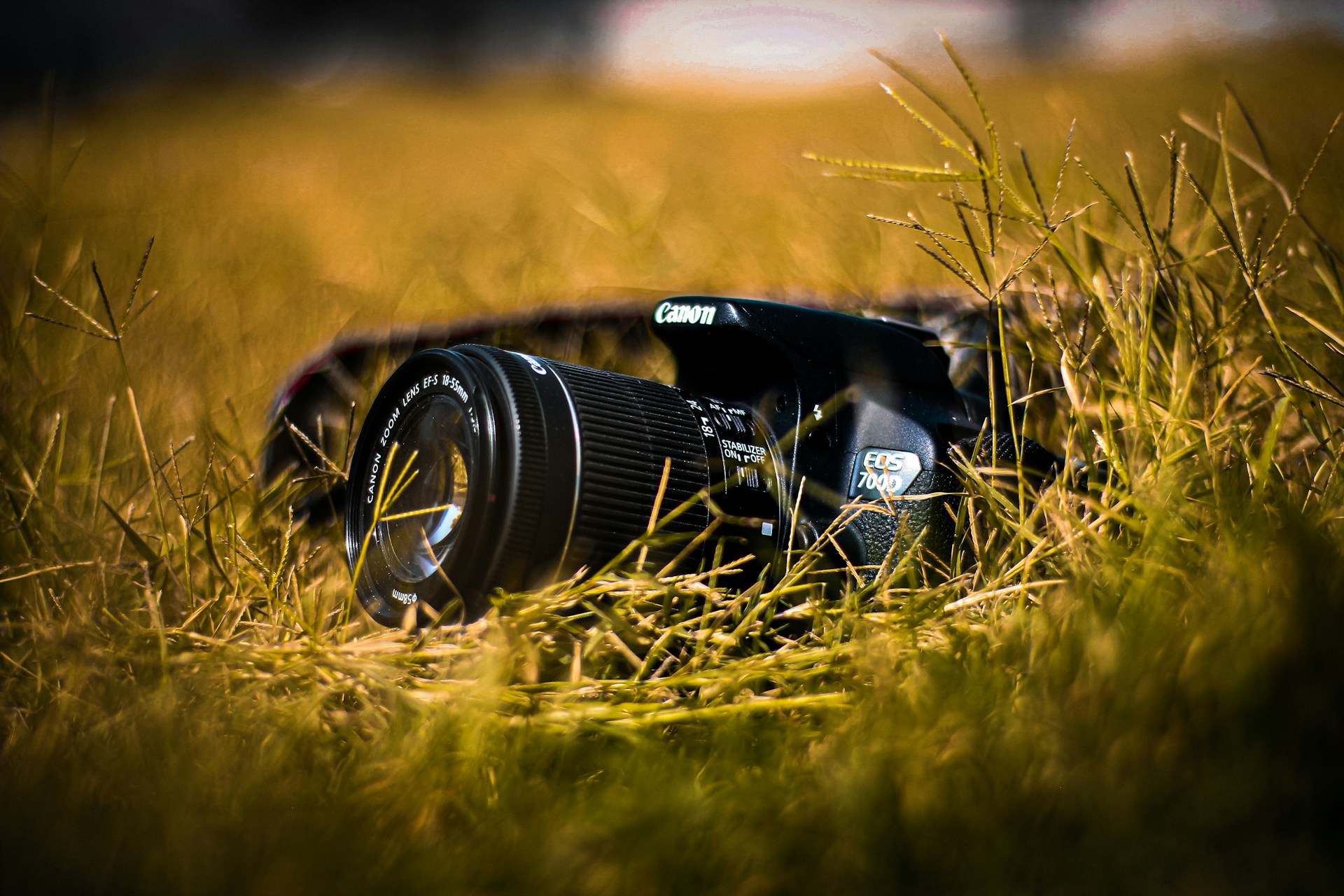A successful Photoshoot is not just about capturing beautiful images; it requires meticulous planning, understanding the desired aesthetic, and seamless execution. Whether it’s a fashion editorial, wedding, corporate branding, or lifestyle photography, every photoshoot follows a structured process to achieve outstanding results. From the early stages of conceptualization to the final shot, numerous factors influence the quality and effectiveness of the photography session.
Establishing the Vision and Concept
Before anything else, defining the purpose of the photoshoot is crucial. A clear vision sets the tone for all subsequent decisions, including the location, styling, lighting, and equipment required. Understanding the intended message behind the shoot ensures that all creative elements align harmoniously. Whether the goal is to capture the elegance of a bridal shoot, the professionalism of corporate branding, or the energy of an outdoor adventure session, having a solid concept allows for a more cohesive and compelling final result.
Mood boards, sketches, and reference images can help visualize and visualize the outcome. Collaboration between the photographer, creative director, and client is vital in refining the concept to meet expectations. Planning the overall theme, color scheme, and emotional impact of the shoot ensures that everyone involved is on the same page from the outset.
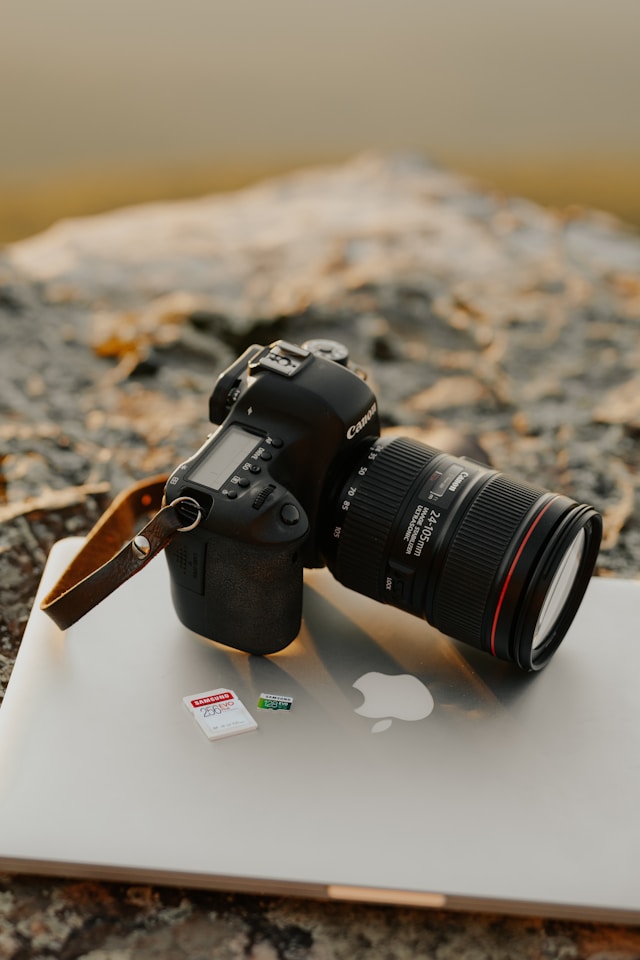
Preparation and Coordination
Once the vision is established, logistical planning begins. This phase involves scheduling, budgeting, and securing essential resources such as locations, models, stylists, and permits. Coordination between the team members—including makeup artists, wardrobe stylists, and set designers—is crucial to ensure all elements are prepared.
The timeline for the photoshoot must be meticulously structured to maximize efficiency and allow ample time for each scene. Considering external factors such as weather conditions, transportation logistics, and backup plans in case of unforeseen issues helps prevent delays and disruptions.
Choosing the Right Equipment
Photography is as much about creativity as it is about technical precision. Selecting the appropriate camera, lenses, and lighting equipment significantly influences the outcome of the shoot. The type of camera and lens used should align with the project’s specific requirements. For example, portrait photography often benefits from prime lenses with wide apertures, while commercial or fashion photography may require zoom lenses with high versatility.
Lighting is equally essential. Natural light can create a soft and ethereal look, while artificial lighting setups provide complete control over shadows and highlights. Reflectors, diffusers, and external flashes or continuous lighting can enhance the subject’s appearance, ensuring depth and clarity in every frame.
Composition and Framing Techniques
An eye for composition distinguishes an average image from a masterpiece. The rule of thirds, leading lines, symmetry, and negative space are compositional techniques that enhance a photo’s visual appeal. Beyond technical precision, framing decisions should evoke emotions and meaningfully direct the viewer’s attention to the subject.
Understanding angles and perspective also plays a key role in storytelling through photography. A low-angle shot can create a sense of power, while a high-angle perspective may evoke vulnerability. Experimenting with different compositions during the shoot allows for a diverse selection of images that can later be curated for the final presentation.
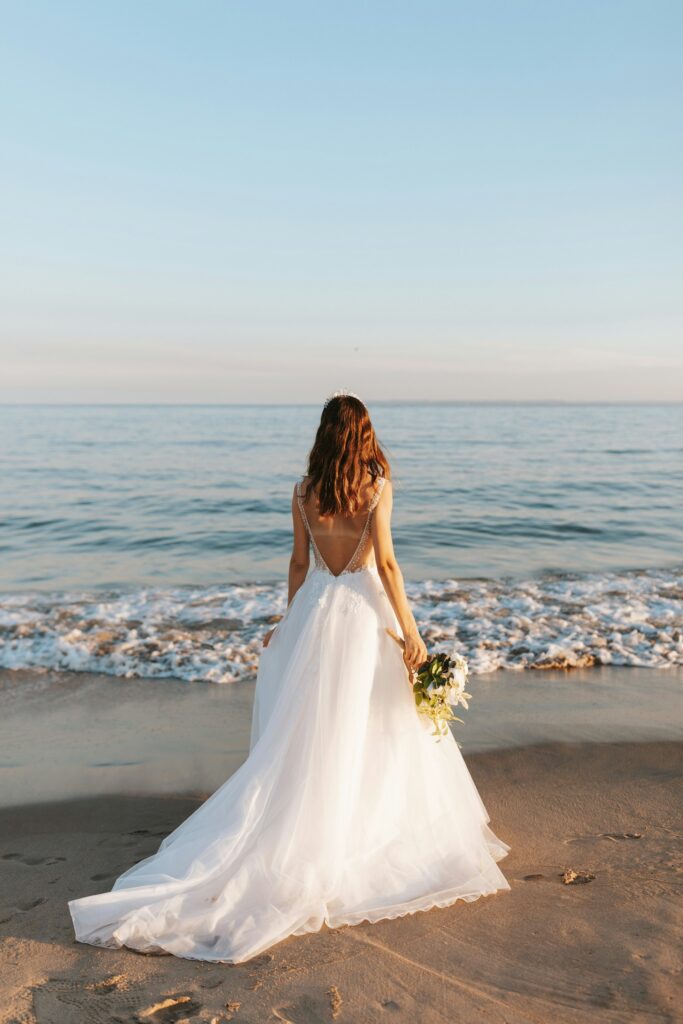
Directing and Engaging with the Subject
Whether photographing professional models, corporate executives, or families, making the subject feel comfortable is critical to capturing natural and expressive images. Communication is key in providing clear directions while allowing organic movements and interactions. Confidence and ease in front of the camera are reflected in the final photos, making engagement between the photographer and the subject a fundamental aspect of the shoot.
Body language, facial expressions, and posture should align with the desired mood. Positive reinforcement, demonstrating poses, and a relaxed atmosphere help subjects feel at ease, resulting in authentic and emotionally resonant images.
Utilizing the Environment and Background
The location and background of a photoshoot play a significant role in storytelling. Whether the setting is a controlled studio environment or an outdoor landscape, it should complement the subject rather than overshadow them. The background can add depth and context to the image, reinforcing the overall theme of the shoot.
Outdoor shoots require careful consideration of natural light and environmental factors. Golden hour lighting provides warm, flattering tones, while overcast days create soft, even illumination. In studio settings, backdrops and props can be strategically arranged to enhance the visual composition without appearing cluttered or distracting.
Capturing Candid vs. Posed Shots
A well-balanced photoshoot includes a combination of both posed and candid shots. Posed shots provide structure and consistency, ensuring that key elements such as composition and lighting are precisely controlled. On the other hand, candid shots capture genuine emotions and spontaneous moments, adding authenticity and storytelling depth to the collection.
Different types of photoshoots require varying approaches. A wedding shoot benefits from a mix of posed family portraits and spontaneous interactions, while a corporate session may focus more on carefully framed professional headshots. Understanding when to direct a pose and when to step back and capture an organic moment is essential for creating a dynamic and engaging photo series.
Post-Processing and Editing
After the shoot, the editing process refines the raw images to achieve the desired aesthetic. Adjustments to exposure, contrast, color balance, and sharpness enhance the overall quality of the photos. Retouching can correct minor imperfections, ensuring the final images meet professional standards without appearing overprocessed.
Different editing styles apply to other types of photography. A nuanced art portrait may benefit from soft, painterly tones, while commercial product photography often requires sharp details and vibrant colors. Consistency in editing ensures a polished and cohesive final collection.
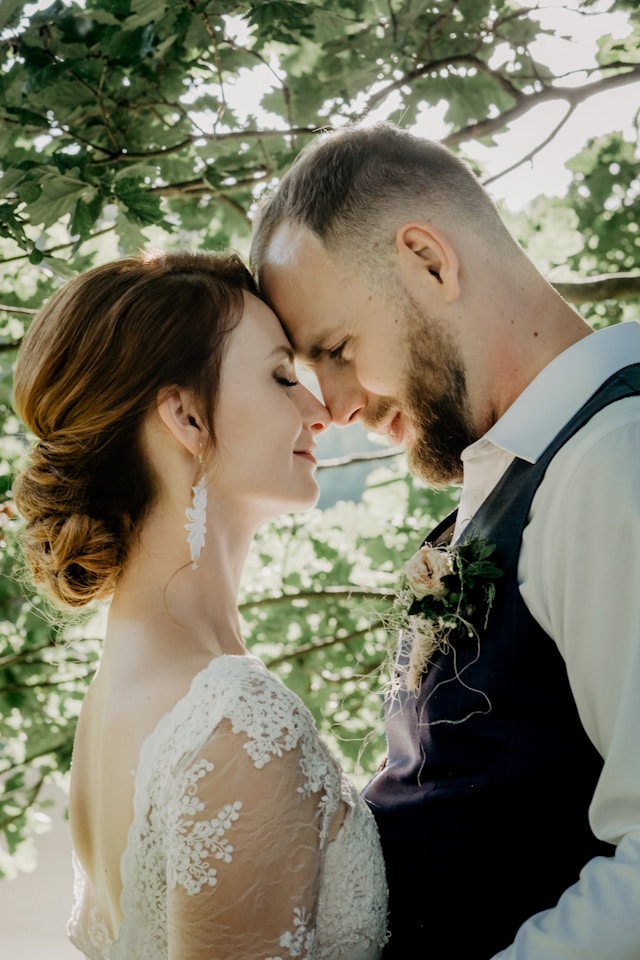
Delivering the Final Product
Once the editing phase is complete, the images are prepared for delivery. High-resolution files, prints, albums, or digital galleries are presented according to the client’s preferences. Organizing the photos in a structured manner allows for easy accessibility, whether they are intended for online portfolios, social media, or personal keepsakes.
Presentation matters, and offering a well-curated selection enhances the impact of the photoshoot. Clear communication with the client regarding file formats, delivery timelines, and licensing agreements ensures a smooth and professional conclusion to the project.
Evaluating and Learning from Each Session
Every photoshoot presents an opportunity for growth and refinement. Reflecting on what went well and identifying areas for improvement contributes to the continuous development of photography skills. Analyzing the workflow, lighting conditions, and subject interactions provides valuable insights for future projects.
Feedback from clients and collaborators is also instrumental in honing techniques and adapting to evolving trends in photography. Staying informed about advancements in equipment, editing software, and industry best practices ensures that each subsequent shoot surpasses the previous one in quality and creativity.
A well-executed photoshoot results from a seamless blend of artistic vision, technical expertise, and effective coordination. By mastering each process stage—from conceptualization to final delivery—photographers can consistently produce stunning, impactful images that resonate with their audience.

